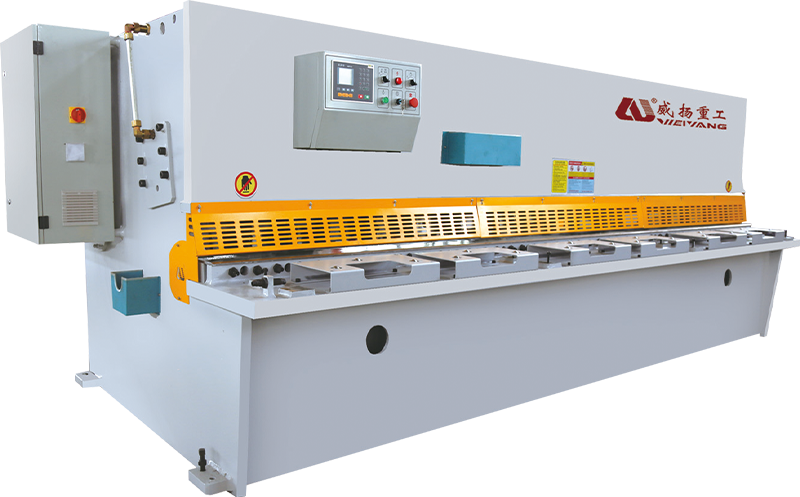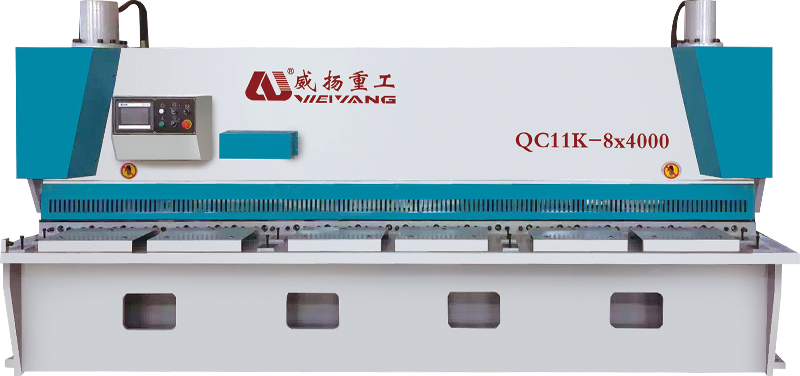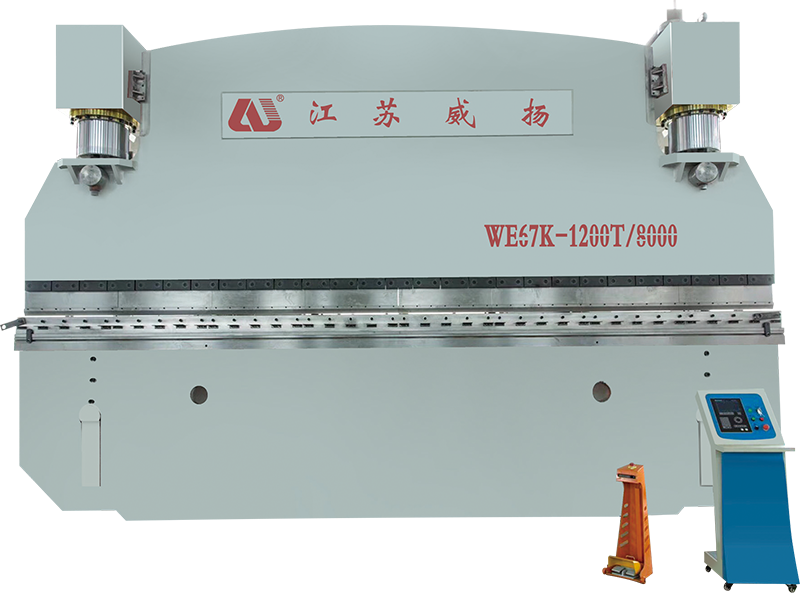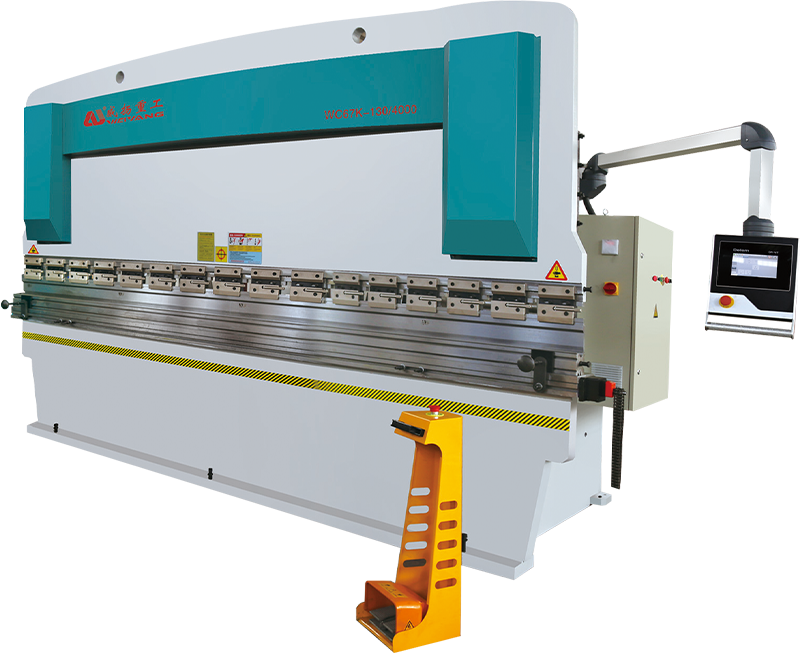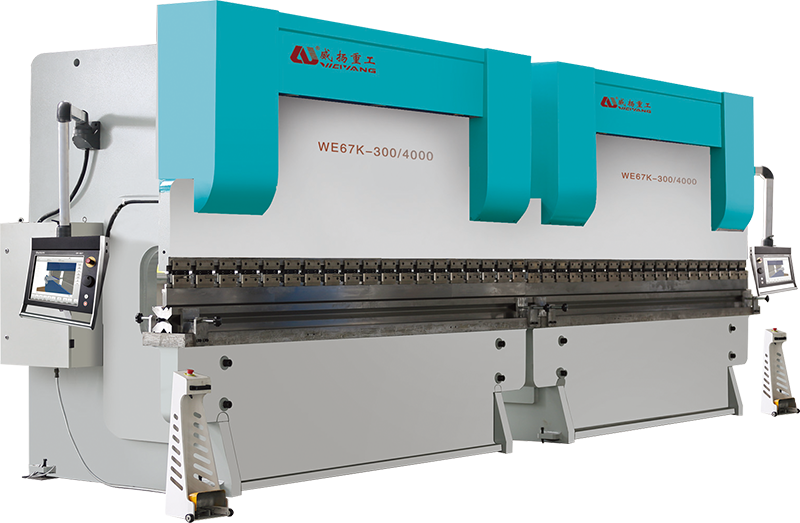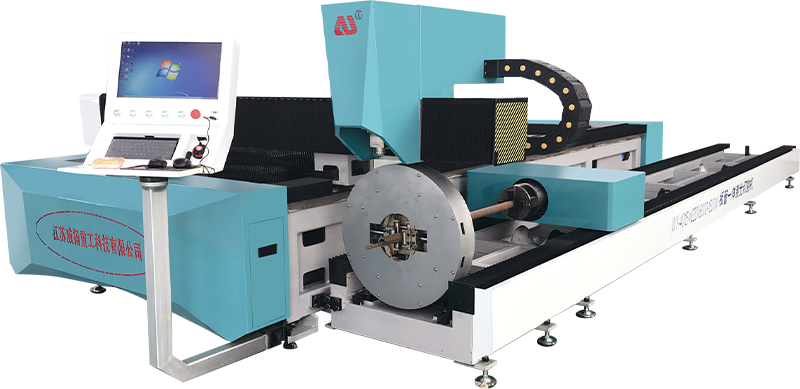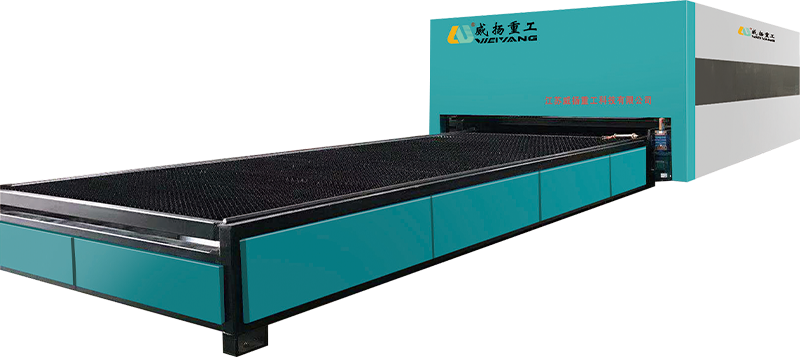How does the Handheld Snow Blower handle throwing snow at varying distances?
The critical feature of many Handheld Snow Blowers is the adjustable chute, which enables the user to control both the direction and angle at which snow is ejected. This feature is essential for directing the snow away from areas that have already been cleared, or for ensuring that the snow is thrown in a specific direction, such as onto a lawn or into a snowbank. Most Handheld Snow Blowers come with a manual or powered chute adjustment system that allows the user to change the angle and direction easily while in operation. This control helps prevent snow from being thrown back onto areas that have been cleared, minimizing the need for repeated passes.
Some advanced models of Handheld Snow Blowers are equipped with a system that allows for adjustable snow throwing distance. This is typically controlled by the chute angle, which is designed to either increase or decrease the distance that the snow is ejected. When the chute is angled more horizontally, the snow is thrown further, making it ideal for clearing larger spaces or for depositing the snow into a distant pile. Conversely, when the chute is angled more vertically, the snow is thrown in a shorter distance, which can be useful for tighter spaces or for directing snow away from sensitive areas like doorways or windows. This level of control enhances the precision and efficiency of snow clearing operations, enabling users to tailor their approach based on the specific layout of the area and snow conditions.
The auger and impeller system play a significant role in how the Handheld Snow Blower manages the throwing of snow. The auger collects and grinds up the snow, while the impeller helps to propel it through the chute. The motor's power and the efficiency of the auger system are crucial in determining how far the snow can be thrown. A more powerful motor generates more force, which results in a greater throwing distance, even for heavier or wetter snow types. The auger system, in particular, influences how effectively the snow is processed and moved through the chute. High-quality augers with robust designs can handle different snow types (including ice, slush, and light snow) and push the snow farther with minimal clogging, ensuring continuous operation. Variable speed motors in some models allow users to adjust the auger and impeller speed, giving them finer control over how quickly and how far the snow is projected.
The type of snow being cleared directly affects how far the snow can be thrown. Wet, heavy snow, which tends to clump together, requires more energy to break apart and throw at a long distance. For this reason, high-performance Handheld Snow Blowers are equipped with more powerful motors and specially designed augers that can handle dense, wet snow effectively. In these conditions, the snow may not travel as far, even with the most powerful snow blowers, due to its weight and moisture content. On the other hand, light, dry snow can be thrown further with ease, as it is less dense and easier to propel. Models with adjustable speeds and chute controls will help optimize performance across a range of snow types, allowing for greater efficiency during both wet and dry snowfalls.
The usability of the Handheld Snow Blower is enhanced by the user-friendly controls for managing snow throwing direction and distance. Depending on the model, these controls may include manual or electronic adjustments that allow the user to change the chute’s angle or direction with minimal effort. Some snow blowers have ergonomically positioned levers or dials on the handle that allow users to make on-the-fly adjustments while operating the blower. This is particularly useful when working in changing snow conditions or when clearing snow around obstacles such as parked cars or garden fixtures. In higher-end models, electronic or motorized chute adjustments may offer seamless, continuous control, enabling the user to precisely fine-tune the snow thrower’s performance without interrupting the operation.





